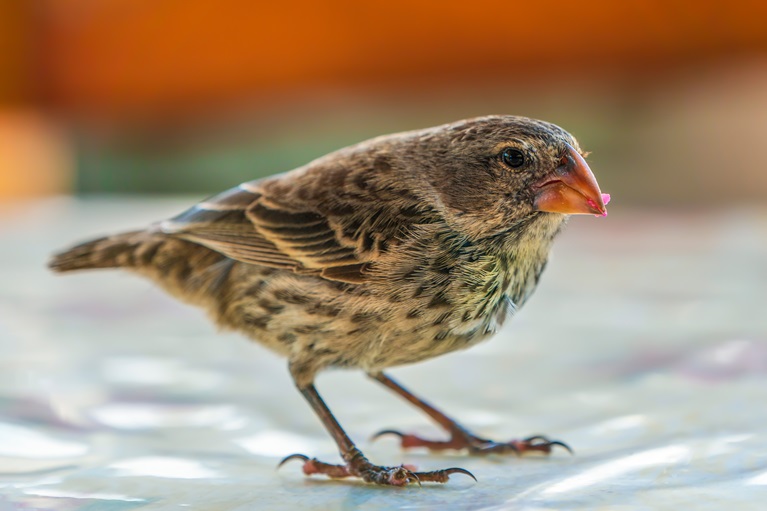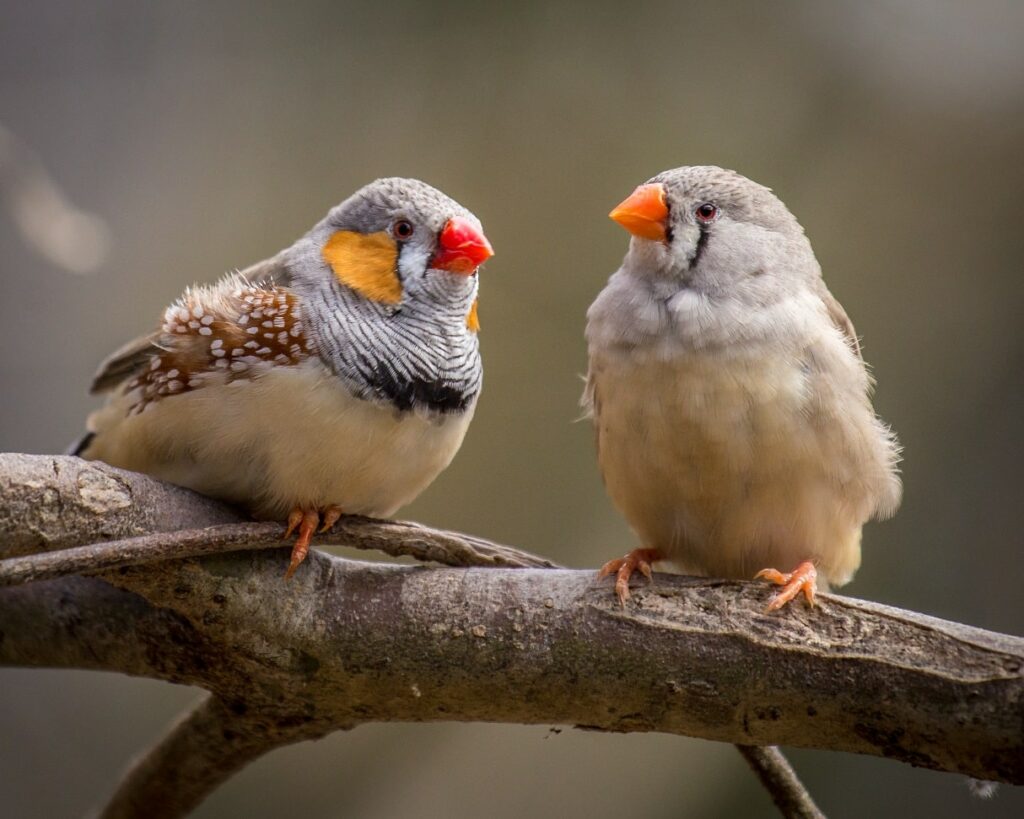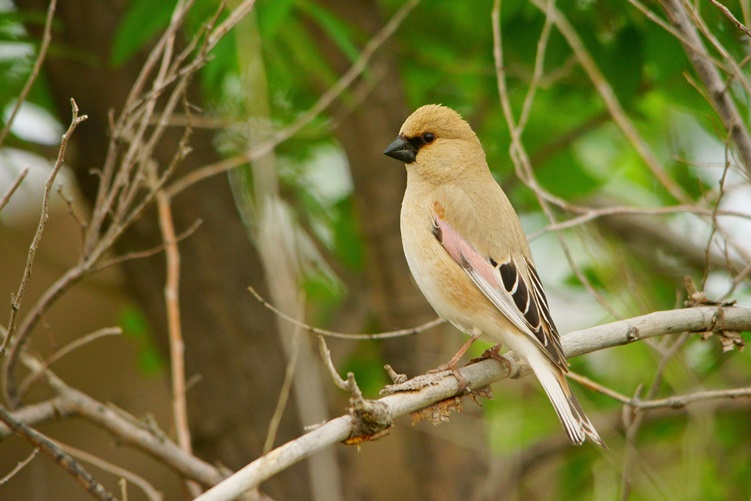Finches are birds found within five families, Fringillidae, Thraupidae, Estrildidae, Passerellidae, and Emberizidae, in the songbird order Passeriformes. Hundreds of finch species exist within these families.
Because finches are such a diverse group of birds, their maximum longevity is also varied. Their average lifespan ranges from five to ten years, depending on the species and its environment.
These small or medium-sized birds live worldwide, except in Antarctica, occupying many diverse habitats. While their colorations and appearances are variable, they all have similar characteristics. Most of these birds eat seeds and often visit birdfeeders.
How Long Can Finches Live Without Food and Water?
Because finches are small to medium-sized birds, their ability to survive without food is usually limited to less than one day. Wild finches do not have sufficient fat stores to live longer without eating something. Birdfeeders can help supplement their diet when they cannot find food.
Darwin studied the different morphologies of finch beaks that evolved in the Galapagos Islands. These finches evolved to have variable beak shapes that enabled the birds to fill different niches, allowing more individuals to survive during cyclical food scarcity periods.
Finches may survive without water longer in cooler temperatures than they can survive without food. Some desert finches can modify their physiology to withstand high temperatures that could cause rapid dehydration.

How Long Do Captive Finches Live?
In the United States, the Migratory Bird Act prohibits people from keeping native birds as pets, including native finch species. However, non-native finches are legal and are popular pets in many homes.
The most popular species of finch used in the pet trade is the Zebra Finch in the Estrildidae family, which is native to Australia. The Migratory Bird Act does not protect finches in the Estrildidae family.
Zebra Finches are popular test subjects in research laboratories because they produce egg clutches every nine months. As a result, their longevity in captivity is well-documented, ranging from 4.5 to 10 years. Other captive finches likely have similar lifespan ranges.

How Long Do Wild Finches Live?
Wild finches face many dangers, such as predation pressure, drought, and disease, while trying to produce offspring. Finches with high fitness raise many clutches of offspring, experience low predation, and live the longest.
Most finch species are not as well studied as House Finches, Darwin’s finches, and Zebra Finches. Generally, the available anecdotal evidence suggests that the lifespans of different finch species are highly variable, ranging from 6 to 27 years.
Darwin’s finches, such as Geospiza fortis and Geospiza scandens, are relatively long-lived species, with a body of research that dates back to the 1800s. These birds live more than seven years, with some species living more than 15 years.

What Kills Finches?
Wild finches are particularly susceptible to predation throughout their range. The most common predator of finches is cats. Outside-roaming house cats and abandoned feral cats severely reduce the populations of many finch species.
Adult finches are also susceptible to predation by hawks, owls, and falcons. Snakes, jays, crows, rats, raccoons, and grackles frequently eat finch nestlings and eggs. Darwin’s finches living on islands are especially susceptible to introduced predators like rats.
In habitats with large environmental fluctuations, especially between rainy and dry seasons, finches may struggle to find sufficient food during droughts. As a result, some finches die during extended dry periods.
Disease and parasite infections also kill finches. The Avian Vampire Fly Philornis downsi, a parasitic fly, is an invasive insect in Trinidad, Brazil, and the Galapagos Islands that has decimated some native finch populations.
The parasitic protozoan that causes trichomonosis has spread through supplemental feeding of songbirds at birdfeeders in Great Britain, causing population declines in the Greenfinch and Chaffinch populations. It has since spread to Canada, affecting Purple Finches and Goldfinches.
Captive finches can have viral, bacterial, and fungal infections that spread rapidly throughout the aviary because of environmental stressors such as overcrowded conditions, poorly kept cages, or lack of proper nutrition.
What is the Oldest Finch?
Finches, like sparrows, often have little research available about the individual species’ lifespan or maximum longevity. Some species, such as House Finches and Zebra Finches, only have anecdotal accounts to document the maximum longevity of their species.
The oldest House Finch was more than 11 years old, the oldest American Goldfinch lived more than 10 years, the oldest Black Rosy-Finch lived more than 8 years, and the oldest Zebra Finch lived more than 14 years.
